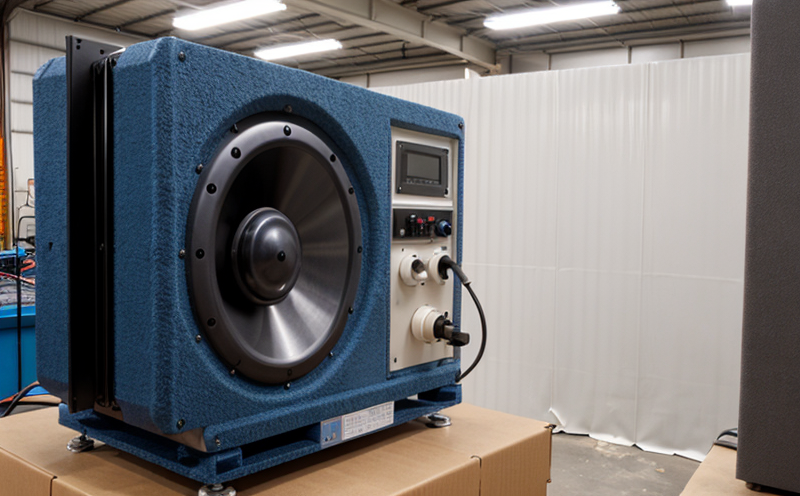ISO 11201 Tablet Acoustic Noise Testing
The ISO 11201 standard is specifically designed to evaluate the acoustic noise produced by electronic devices, including tablets. This service ensures that manufacturers meet stringent sound emission standards, thereby enhancing consumer safety and satisfaction.
In today's competitive market, consumer electronics must not only perform efficiently but also remain quiet in operation. Excessive noise can lead to user dissatisfaction, regulatory non-compliance, and potential product recalls. Our ISO 11201 tablet acoustic noise testing service guarantees that your products meet the highest industry standards.
The test procedure involves a series of steps aimed at quantifying the sound pressure levels generated by the device during its normal operation. This includes both direct noise emissions from the device and any incidental noise caused by external factors such as airflow or mechanical components.
Our experts use state-of-the-art equipment to conduct these tests, ensuring accurate and reliable results. The testing process is meticulous, involving multiple iterations to ensure that all possible sources of noise are accounted for. This approach not only helps in identifying areas for improvement but also ensures that your products meet the stringent requirements set forth by ISO 11201.
One of the key aspects of this service is the preparation and setup of the test environment. This involves isolating the device from external noise sources and ensuring that the testing conditions mimic real-world usage as closely as possible. The testing protocol follows a standardized procedure to ensure consistency across all tests, allowing for direct comparisons between different models or generations.
The results of these tests are highly detailed, providing comprehensive insights into the acoustic performance of the device. These reports can be used by quality managers and compliance officers to make informed decisions about product design and manufacturing processes. For R&D engineers, this service offers valuable data for continuous improvement initiatives. Additionally, procurement teams can use these results to ensure that they are sourcing components from suppliers who meet the highest acoustic standards.
The importance of ISO 11201 compliance cannot be overstated in today's market. Consumers expect products to be not only functional but also quiet and unobtrusive. Non-compliance can lead to significant reputational damage, financial losses due to recalls or lawsuits, and potential fines from regulatory bodies.
Our ISO 11201 tablet acoustic noise testing service is designed to help you avoid these pitfalls by providing accurate, reliable, and compliant test results. By ensuring that your products meet the stringent requirements set forth by this standard, we can help you maintain a competitive edge in the market.
Applied Standards
| Standard Name | Description |
|---|---|
| ISO 11201:2008 | Sound emission of electrical and electronic equipment - Measurement techniques for sound power and sound pressure level |
Environmental and Sustainability Contributions
- Reduces noise pollution in public spaces by ensuring that products meet stringent acoustic standards.
- Promotes a healthier work environment for employees, especially those working with sensitive hearing aids or other audio devices.
- Contributes to the overall reduction of environmental impact by promoting quieter and more energy-efficient operations.
Competitive Advantage and Market Impact
The ISO 11201 tablet acoustic noise testing service provides a clear competitive advantage in the market. By ensuring that your products meet the highest standards, you can differentiate yourself from competitors who may not adhere to these strict guidelines.
Consumer demand for quiet electronics is growing, and compliance with ISO 11201 helps you cater to this trend. This service not only enhances user satisfaction but also ensures regulatory compliance, reducing the risk of costly recalls or fines.
In addition, the data generated from these tests can be used to inform product design and development processes, leading to quieter, more efficient products that are better received by consumers. This can translate into increased market share and higher customer loyalty.





